Researchers from Cairo University and the Technical University of Munich have discovered two previously unknown air-filled cavities in the Menkaure Pyramid at Giza, the smallest of the three Great Pyramids. Part of the ScanPyramids project, their discovery was published in NDT & E International and supports a long-standing hypothesis that a second entrance may exist on the eastern side of the monument.
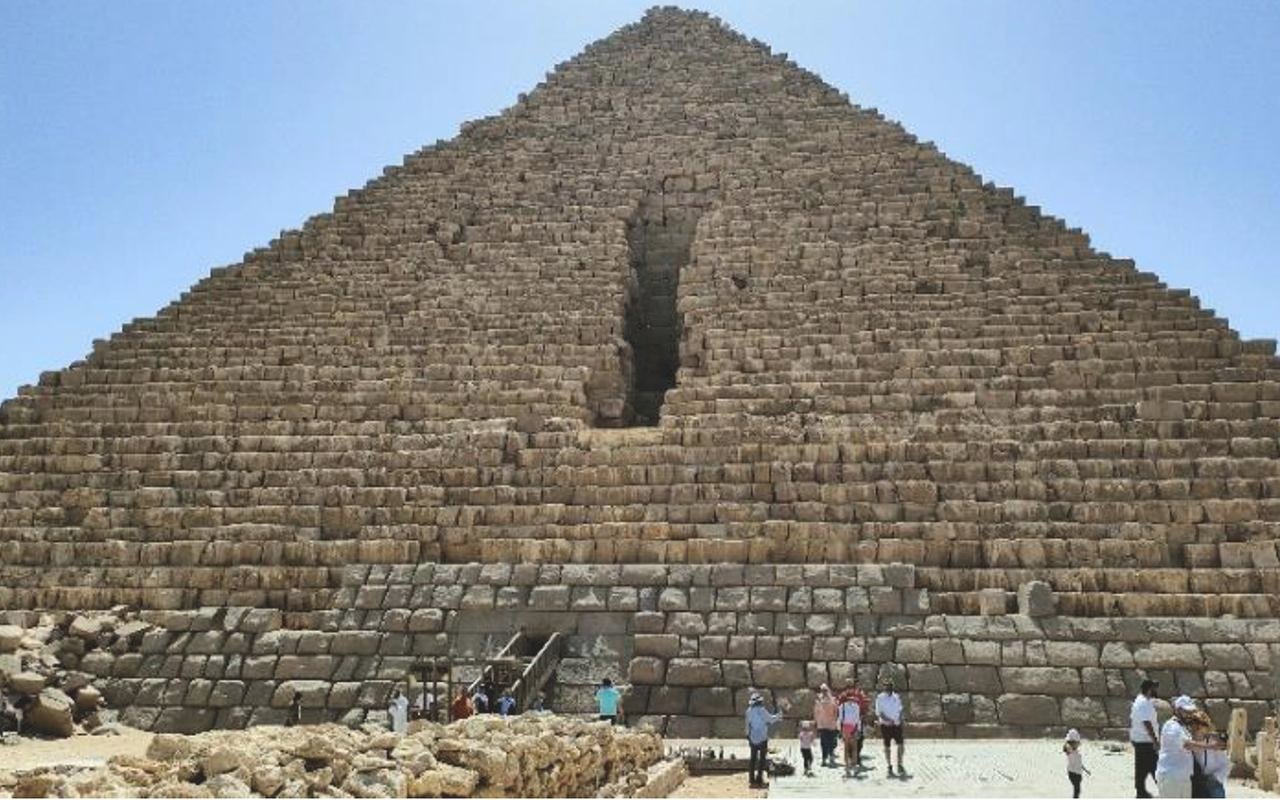
This polished section of granite blocks on the eastern facade of the pyramid has puzzled Egyptologists for decades. The stones cover an area about four meters high and six meters wide and are as smooth as those framing the known northern entrance. In 2019, a researcher named Stijn van den Hoven suggested that this distinctive finish might mark another access point. Until now, direct evidence to confirm this theory had not been available.
To investigate, the ScanPyramids team used three non-invasive technologies: Electrical Resistivity Tomography (ERT), Ground Penetrating Radar (GPR), and Ultrasonic Testing (UST). Each technique offers unique insights into the interior structure: ERT measures electrical resistance to detect density variations, GPR identifies changes in electromagnetic reflections, and UST maps differences in sound-wave travel.
Data from these complementary methods were combined in a process called Image Fusion (IF), which allows researchers to cross-reference and align several datasets to achieve higher levels of precision. This approach was important in confirming the presence of two anomalies directly behind the eastern granite blocks.
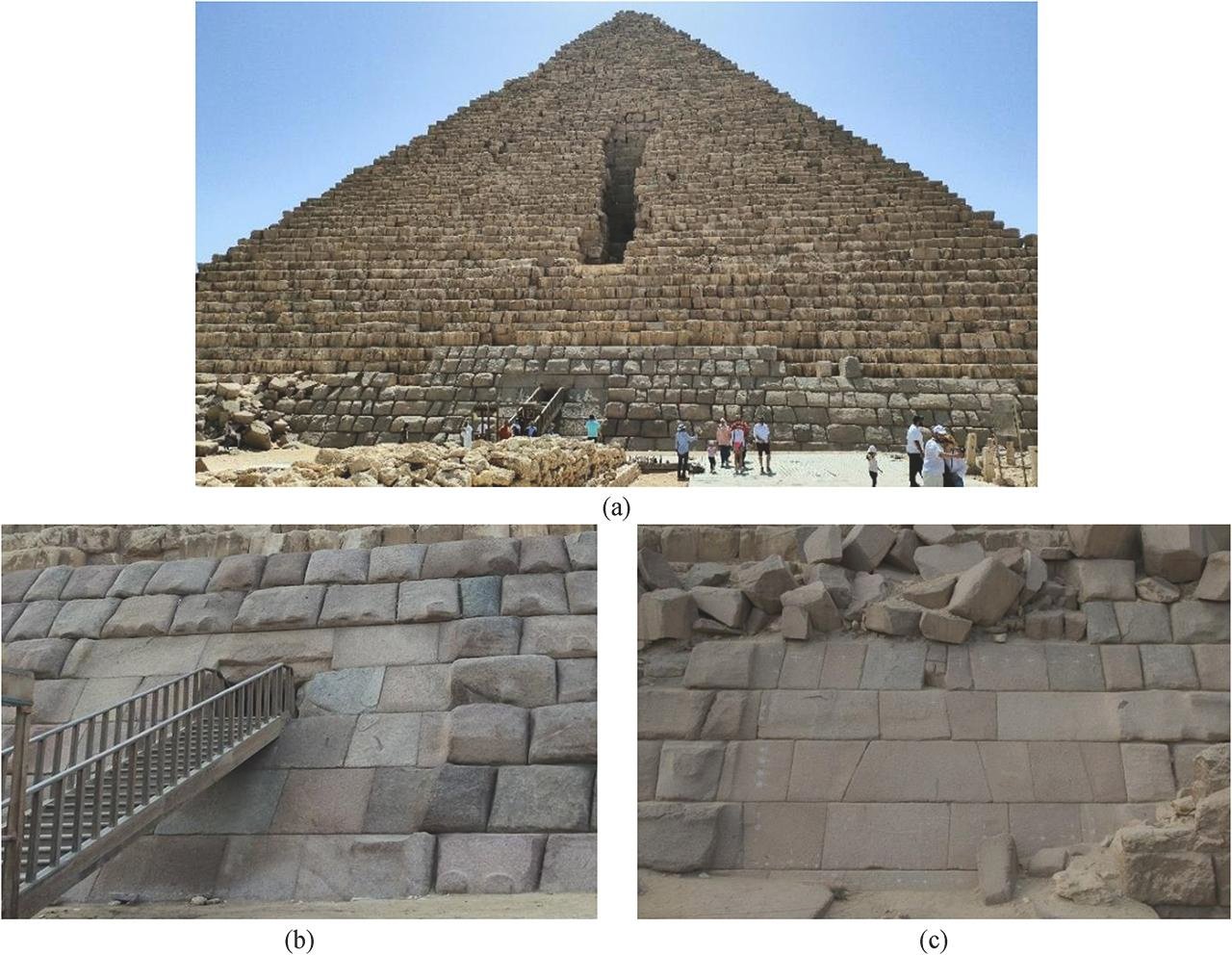
The first anomaly, A1, is 1.35 meters beneath the surface and measures about 1.5 meters wide by 1 meter high; the second, A2, begins at 1.13 meters and measures approximately 0.9 by 0.7 meters. Both are interpreted as air-filled voids inside the limestone structure of the pyramid. Numerical simulations showed that the anomalies could not be explained by natural cracks or irregularities in the stone.
This is the first time structural anomalies have been found behind the eastern façade of the Menkaure Pyramid. According to Professor Christian Grosse of TUM, non-destructive testing methods allow researchers to investigate the interior of ancient monuments without causing them harm. He said that the results bring all scholars “a big step closer” to verifying the existence of a second entrance.
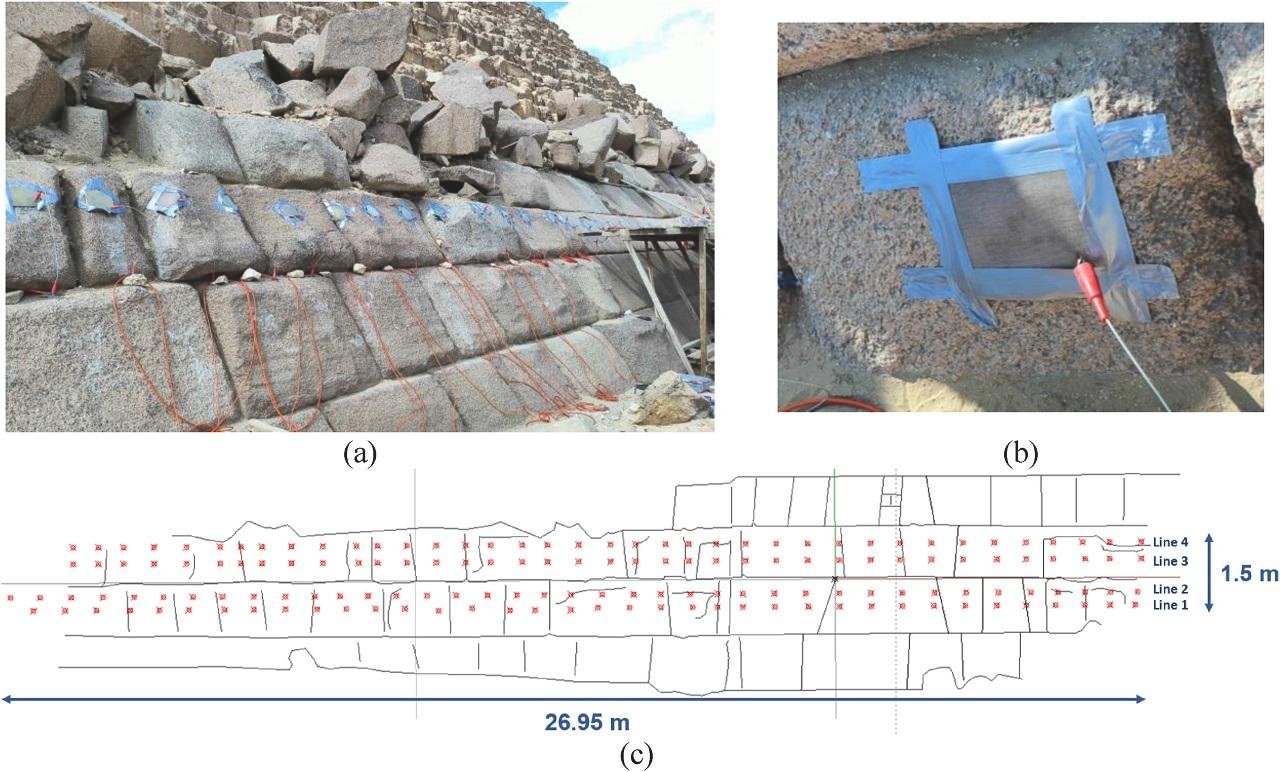
Yet, the researchers admit that the full extent and purpose of the voids are yet to be determined and encourage further work. Because of the limited depth of penetration of the techniques applied, they cannot be sure how far into the pyramid the anomalies extend, and the team invites additional investigations using other advanced methods, such as muon imaging or endoscopy, to gain even more information.
The discovery follows the 2023 identification of a previously hidden corridor within the Great Pyramid of Khufu (Cheops), also revealed by ScanPyramids. Together, these findings show how imaging technologies are changing the way scholars study ancient Egyptian architecture.
While the purpose of the Menkaure anomalies is still uncertain, evidence suggests that they were an intentional internal design. The eastern side of the pyramid, long neglected compared to the northern entrance, may well still conceal evidence of 4,000-year-old engineering decisions or ritual practices.



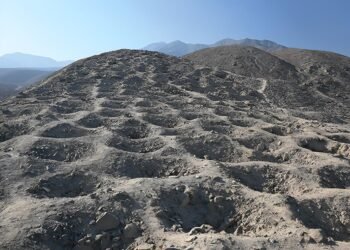
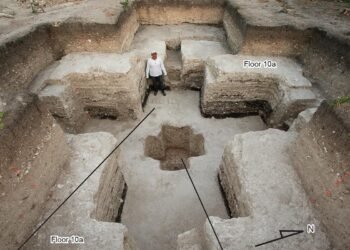


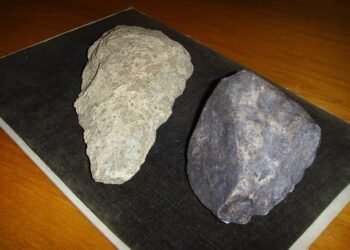
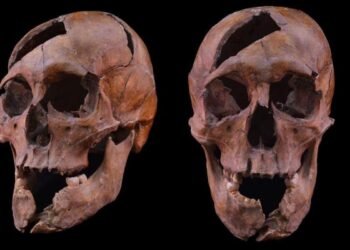















Comments 0